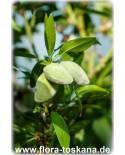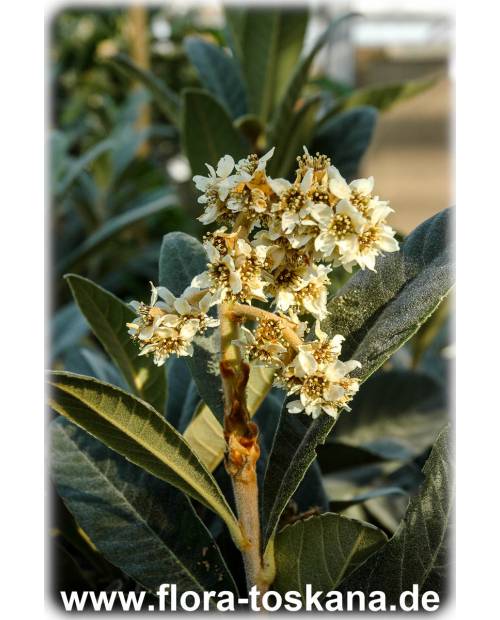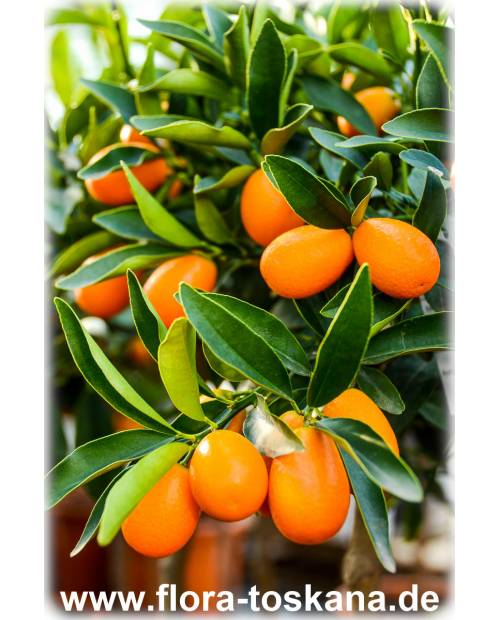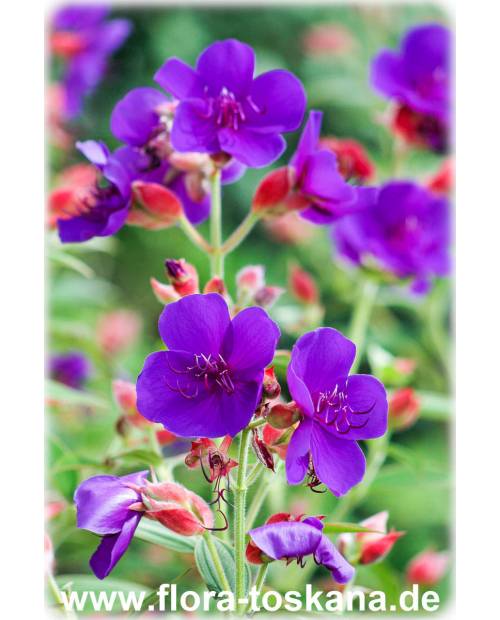Prunus dulcis - Almond Tree
Gorgeous flowers in spring and tasty oil-rich seeds: an Almond Tree (Prunus dulcis) in the garden is just plain fun, especially with our high-yielding, hardy varieties. Winter hardiness zone 7.
True Almond Trees (Prunus dulcis; formerly: Prunus amygdalus/ Amygdalus communis) are frost-resistant garden plants with several advantages: their blossom in spring is lush and very beautiful, as the white petals have a reddish spot at their base, giving an overall pinkish appearance. The two best, Italian varieties 'Tuono' and 'Supernova' are among the rather late flowering selections, so flower damage through late frosts is much less common than with other varieties. The flowers of the cultivars 'Supernova' and 'Tuono' are self-fertile, as shown by several international research results from Spain (2007), Israel (2004) or Sardinia (2000). "Self-fertile" means that flowers of the same plant can pollinate each other. However, one or more nearby almond trees can further increase the yield. Peach and nectarine trees, too, can pollinate the almond’s flowers. The pollinated flowers develop to fruits with a furred, succulent, green peel. When it splits open, it reveals a second, hard, light-brown, richly textured shell with the almond kernel in its center. The varieties 'Supernova' and 'Tuono' have another surprise in store: In their seeds, at a rate of 4-5 percent, not only one kernel ripens, but two. Both varieties guarantee consistently good harvests, since the seed coats contain very high percentages of almond kernels, while other varieties always produce a proportion of "blind" seeds that do not contain any kernels. Although almond trees themselves are completely frost-resistant, it is best to plant them in a sheltered spot amidst other fruit trees, in front of a wall or a hedge or in a patio to protect the early blossom from late frost. Alternatively, keep the small-growing trees in planters and bring them indoors or into unheated conservatories during the winter, where their blossoms will be the start of spring, their almonds the late summer treats.
By the way, in the spring you can find cheap "almond trees" offered everywhere. These are usually not True Almonds, but an ornamental form (Prunus triloba) that produces beautiful, double flowers, but never fruits and certainly no edible almonds.![]() Quality: real almonds from your own harvest; lush & pink white flowers in spring; suitable for any size of garden; very hardy
Quality: real almonds from your own harvest; lush & pink white flowers in spring; suitable for any size of garden; very hardy![]() Use: planted in the garden; starting from March/April to November outside on balcony & terrace and in the garden; all year round in an unheated conservatory
Use: planted in the garden; starting from March/April to November outside on balcony & terrace and in the garden; all year round in an unheated conservatory
Data sheet
- Family
- Rosaceae
- Origin
- Asia (mediterranean)
- Flowering period
- Spring
- Color of flowers
- White
- Fruits
- Edible fruits
- Growth
- Tree
- Location
- Sunny
- winter temperature
- 5 (+/- 5) °C
- Minimum temperature
- -15 °C
- Hardiness Zones
- 7
- Height
- 4 - 5 m
You might also like
Customers who bought this product also bought:























































